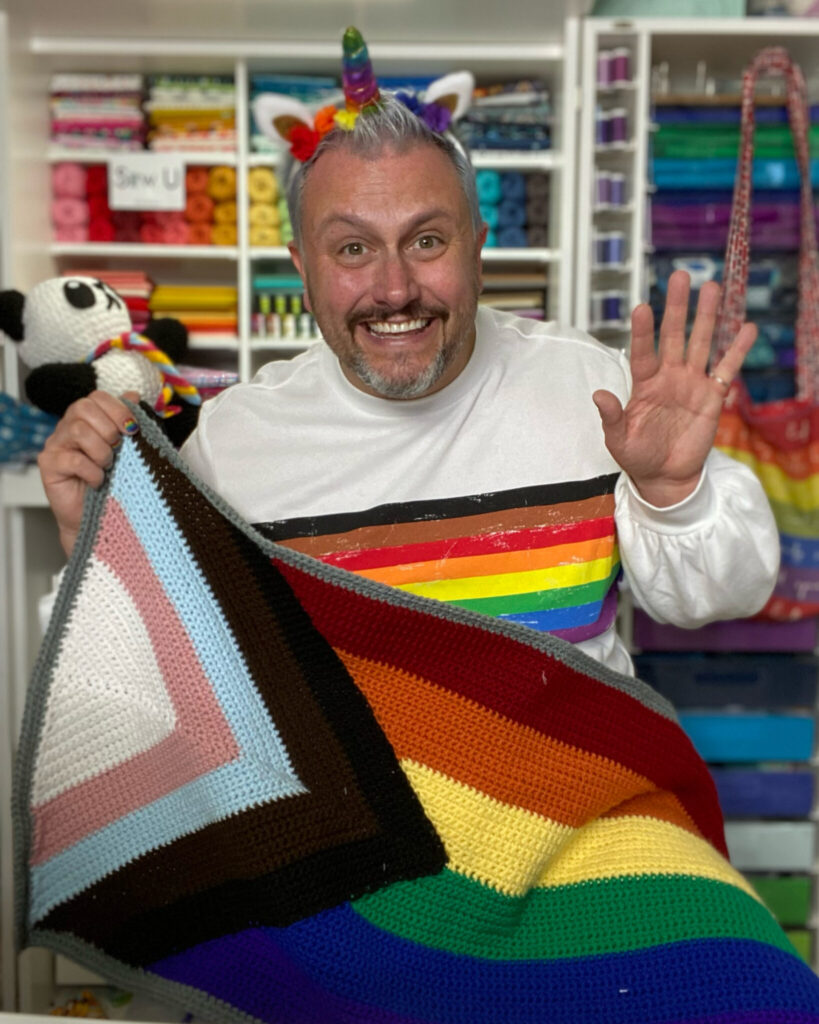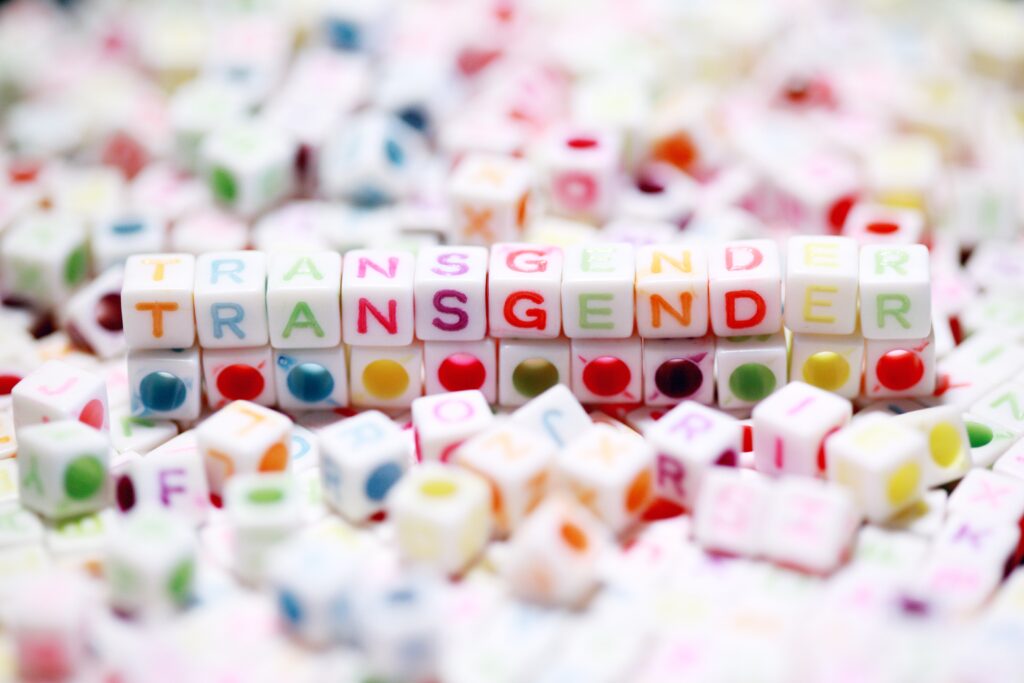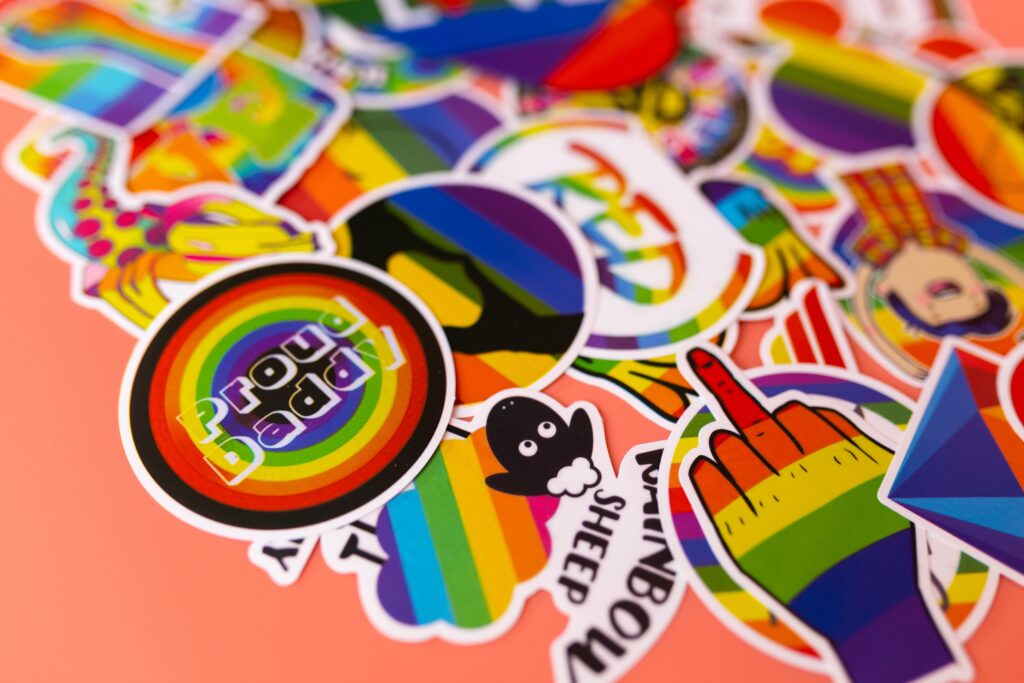Hey big brand, don’t rainbow wash us this Pride season
For brands looking to form partnerships with LGBTQIA+ creators during Pride month, the difference between a truly authentic and mutually beneficial partnership and “rainbow washing” is critical.
It can mean the difference between a successful campaign and your brand being overlooked, or worse becoming a pariah to be avoided by the community. It’s important that your heart is not only in the right place, but that you get a few things right.
The fact that you’re reading this is proof that there are brands out there who want to do the right thing and make an actual difference during Pride month. I’m glad you’re here.

As a creator and influencer, I’ve partnered with dozens of brands over the years both in and out of the creative space. As a highly visible gay creator, my brand, Mister Domestic has become a truly inclusive community full of members from all colors in the rainbow. And every June as Pride approaches, my email and DMs begin to fill up with requests and partnerships in support of Pride.
For me personally, being the “face of Pride” for a brand is important. Visibility matters and quite literally saves lives. You never know who might be watching. This Pride alone, I am being featured on the Pride display in all Michaels Stores, I helped launch a Pride Hook with Furls Crochet, and I just launched my exclusive Love is Love Pride Fabric Collection with Fabric.com/Amazon. A successful Pride partnership has to be right for me to say yes, which honestly doesn’t happen very often.
If your brand is considering a Pride partnership, I encourage you to go for it, but listen to the LGBTQIA+ community. Here are my personal tips for you. Remember; perfection isn’t the goal; progress is. You can do this.
1. Get Familiar With LGBTQIA+ History
Pride Month was not created for companies to sell rainbow merchandise. Pride itself began as a series of riots against the constant police raids on LGBTQIA+ establishments, the most famous being at the Stonewall Inn, where primarily transgender women, gay men, and drag queens of color decided enough is enough and stood up to the police who were harassing them. To build off of the resistance from the riots, Pride became an event in direct opposition to the shame we were told we needed to feel about ourselves.
There was a time in the U.S. when you could be arrested for being LGBTQIA+. You could lose your job and your housing. Our people were often beaten up, harassed, and even killed, sometimes this still happens. For a long time AIDS was publicly viewed as “gay cancer” and not taken seriously by most of the medical community. 700,000 people were lost in the U.S. to AIDS, those would have been our elders. So when a brand decides to step into the Pride arena, any attempt of jubilance without acknowledging our past and present struggles misses the mark entirely and could be viewed as disingenuous and deceitful.

2. Get To Know The Struggles We Still Face
Our community is often oppressed and attacked and this does not go without consequences. LGBTQIA+ youth are 120% more likely to experience homelessness (many are rejected by their families when they come out). 40% of our youth have seriously considered suicide. There are legislators across the country, maybe in your state, that are actively working to roll back rights for transgender people. Familiarize yourself with our history, it’ll go a long way to building a brand that actually supports us.
3. Have a Member of the LGBTQIA+ Community Already At The Table
Have a member of the LGBTQIA+ community at the table before approaching the creator to partner. I say this because, while the creator will bring visibility and clout to your brand as a queer ally, you need to have a firm grasp on the project and importance to the queer community with your own brand identity toward and for the LGBTQ+ community. This way the creator is left to just create great content and isn’t fully responsible for ensuring the appropriateness and relevance to the LGBTQIA+ community. From my own experience, there have been collaborations where I felt like I was not only expected to create boss content, but I also became a spokesperson for the community to the company. Unless, of course, you’re also hiring the creator as a consultant, which is a separate job that would require separate compensation.
4. Compensate the Creator
Compensate the creator for their time with actual money. To me, this one should be a no-brainer, but sadly my emails and direct messages tell a different story. If you are reaching out to a queer creator during Pride month, it is more than likely because you are wanting to promote a Pride-specific product or to magnify your own brand-identity as a queer ally during Pride. This is not a time to offer your products or mere exposure for the creator’s time. Not properly compensating an LGBTQIA+ creator, especially during Pride, is exploiting the oppression and lived trauma of the creator for the betterment of your brand or product, which is a reprehensible thing for any brand to do.
5. Don’t Let Pride Be The Only Time You Work With or Mention Us
When I receive a Pride collaboration request from a company or brand that I haven’t worked with before, the first thing that I do is investigate their social media in search of the answer to two questions: (1) Have they posted in support of the LGBTQIA+ community previously on their social media? And (2) Have they worked with queer creators in the past or will I be the first? More often than not, the answer to both is no, which results in me saying no as well. Only using creators in the LGBTQIA+ community during Pride month is tokenism, which can actually be quite harmful to all parties involved. Before bringing me to the table to partner, I need to make sure that the brand/company has a proven record of being a true ally to the LGBTQIA+ community 365 days a year.

6. Work With the Entire LGBTQIA+ Community
While I identify as gay and celebrate my own gay Pride, both Pride and the LGBTQIA+ community are comprised of an entire rainbow of people. Given that visibility saves lives, the wider the array of visible humans, the wider the impact. Reaching this wider audience will likely involve additional brand outreach to discover these creators, especially if they’ve felt excluded from your company in the past. If you want your brand to be a true ally to the LGBTQIA+ community, developing relationships with queer creators should be near the top of your list.
7. Show Up For Us First
Partnerships alone are not the first step; showing up for us is. Has your brand posted our shared content about Pride on your social media this year? What is your brand doing to educate your customers? Have you put time into understanding the current legislative or existential challenges of the queer community, either in your niche or the community at large? What is one thing you can do today to let us know that you see us and support us? Make that social media post. Make a visible donation to organizations that support the LGBTQIA+ community like The Human Rights Campaign, the Trevor Project, Trans Lifeline, True Colors United, or a supportive organization in your community.
You Can Do It!
I admit I have high standards for how LGBTQIA+ creators should be treated, especially during Pride Month, but I also know that brands that truly want to be allies will find a way to do the right thing, even finding best practices beyond the things listed here.
There’s still time to make an impact this Pride Month and every month. So go ahead and post that social media post to get the ball rolling because visibility is so critical and your post might save a life today. Happy Pride, now and always.






